|
To start the new year off in the right way, I've had a bit of a reorganising session in my sewing room and I thought I would share it with you. First of all, I know I am incredibly lucky to have a designated craft room/sewing room. I really appreciate having this little corner of our house just for me. It allows me to leave a project halfway through and come back to it later without having to pack everything away. It's also good to have all the sharp pins and needles in one safe place as I have a toddler running around all day! But most importantly, it's a little sanctuary for me to relax and create and I surround myself with things that make me happy such as photos of loved ones and other lovely items that 'Spark Joy' for me. If you are thinking of creating a little sewing space in your house or if you are just starting out with sewing and are wondering what you will need, here are a few ideas that won't cost the earth but will make your sewing life a bit easier. 1. A decent table. This could be your dining room table or an additional table. I have this one and it is big enough to fit my sewing machine and overlocker. If I need to do some cutting out, I can use our dining room table downstairs but for years and years I did all of my large cutting out on the floor and even now, if I am basting a quilt I do it on the floor. 2. Lighting. You will see I have three lamps! Two of them are daylight lamps from The Daylight Company. My sewing room can be quite dark as the window is small but the main reason I need so many lamps is I do most of my sewing at night. Now I'm not suggesting you need three lamps! But I think one daylight lamp is essential, particularly for hand sewing. You can find them in Hobbycraft but also on Amazon for a reasonable price. 3. Shelves and storage. No doubt that if the sewing bug gets hold of you, you will begin to amass a significant amount of 'stuff'. In my case that's a large fabric stash, plenty of reels of cotton, skeins of embroidery thread, sewing books... the list goes on! You will definitely need a decent organising system for all of your things so you can find them easily. I could talk about organisation all day, so perhaps I will save that for another post! But as you can see, I have a mixture of shelves and drawers and I also use little storage and sewing boxes to store individual projects. 4. Make use of wall space. My sewing room is small so I like to have reels of cotton and the tools I use often to hand by storing them on racks and pegs on the walls. This is a good space saving tip if your area is small and I think it looks pretty too! 5. A comfy chair. If you do a lot of hand sewing, a comfy chair is important. I only just bought mine and previous to getting it I had been sitting on the upright chair I use to sit at my machine. I was finding that sitting this way to do hand sewing was giving me backache and some chest pain so I invested in a comfy chair to alleviate this. If you don't have a comfy chair for hand sewing, sit on your couch or on your bed and make sure your back is supported. Most importantly, take breaks! It is crucial you get up and move around frequently to avoid repetitive strain injuries, cramps and other aches and pains. If you are just at the very beginning of your sewing journey, you really don't need many things to begin. If you want to start with embroidery then all you need is some fabric, a needle, embroidery threads and a pair of scissors. It really is that simple and inexpensive. If you want to begin with English Paper Piecing, all you need is some fabric scraps, a needle, thread, scissors and some paper templates which you can print off for free here. I hope you liked looking around my sewing space, what does yours look like?
Happy Sewing!
2 Comments
If you have got the English Paper Piecing bug but would like a quick project rather than a quilt then this is the project for you. The layered hexagon flower cushion is fun and quick to make. Here's how... You will need: *Seven hexagon paper templates in each of the following sizes; half inch, three quarter inch, one inch, one and a quarter inch and one and a half inch. *Scraps of fabric. *Two 28cm squared pieces of background fabric. I repurposed an old pillowcase for this, which makes this project more sustainable. *A needle and thread. Note- I didn't include any fastenings in my cushion. If you want to be able to remove the cushion cover then you'll need to include a zip or buttons and you'll need to add some length to the back piece of fabric to allow for this. You'll need about an extra inch to add a zip. Begin by wrapping your hexagons in fabric and joining the hexagons to make five separate flowers. For an in depth tutorial on how to do this, check out my English paper piecing video. Once you have sewn the hexagons together to make flowers, you need to remove the paper templates. Usually, in English Paper Piecing, we do not remove templates until all sides of the shape are joined to another shape and this is because you can distort the shape. For this project, the templates need to be removed even though some edges of the shapes are not joined to any others. To minimise the chances of distorting the edges of the hexagons, I made sure I ironed all of the flowers first to ensure nice, crisps folds along the edges. Next, I removed the papers carefully, pulling from the centre of the hexagon out towards the edge (see photo below). I then used the iron to quickly press any edges under that had become unfolded and this technique worked well. Once all papers are removed and you have pressed your flowers with the iron, place the half inch hexagon flower on top of the three quarter inch hexagon flower. Centralise the smaller flower within the larger one, making sure there is an even border all the way round. Line up the seam lines of both flowers so they match and when you are happy with the position, pin in place. Use a blind applique stitch to attach the small flower to the larger one, sewing all the way round the edge. When you have finished, repeat the process by placing this flower on top of the next flower up in size. Line up the seams and stitch in place. To speed this up, you could easily use a sewing machine and either a zigzag stitch or other decorative stitch to applique them in place. When you have layered all of the flowers, position the motif in the middle of your backing fabric, pin in place and stitch it all the way round the edge as you did before. You can now choose to finish your cushion however you'd like. I chose to make a piped edging and I really like the way this looks.
I hope you have fun making this cushion. If you would like detailed instructions for making piping or for finishing the cushion then leave a comment below and I will make a tutorial for that. Of course you don't have to applique this flower onto a cushion at all! You could put it onto a bag or you could make it into a wall hanging, or if you did want a larger project, you could use it in a quilt design. It's up to you! Whatever you make, I'd love to see it so if you post it on Instagram, remember to use the #rosepetalpatterns. Happy Sewing! I've created a video tutorial showing you the basics of EPP, you can view it here. The video shows you what you need to get started and demonstrates the basics of using hexagons to create flower shapes. I'm currently making as many of these as I can as my aim is to join them together to make a large quilt, hopefully kingsize! If you don't want to make a large quilt, you could make a cushion cover or you could applique each flower to a fabric square, then join the squares together to make a quilt as this would be much quicker. I'm planning on making lots of hexagons in an off white fabric and I will use them between the flowers I've made to make them pop. Of course, I will share pics when I get to that stage, but that's a while off yet! Remember, the paper pieces need to be removed before you quilt your layers together or turn the flowers into a cushion cover or whatever you choose. Anyway, I hope my little video is useful and helps you to get started with this very addictive craft!
Happy Sewing! I've been sewing in one way or another for nearly my whole life but I only discovered quilting as an adult as this wasn't something that my Mum or Gran did. The internet opened up the world of quilting to me and I taught myself by following Craftsy classes and also by learning from books. When I discovered English paper piecing, I loved the intricate designs and the variety of shapes that are used. I also loved the hand stitched look and feel of English paper pieced quilts but I was convinced this wasn't going to be the craft for me. It seemed fiddly and time consuming. I kept away from it as long as I could but when I eventually gave in and gave it a try, I was immediately hooked and now I can't put it down! So what exactly is English paper piecing and how is it different from ordinary quilting? Well, a standard quilt is made from three layers, like a sandwich! A quilt top, which is usually some form of patchwork, wadding or batting in the middle which makes your quilt soft and warm, and a backing fabric. You sew through all three layers to attach them to each other and this is called quilting. In a standard quilt, you typically create your patchwork quilt top by joining shapes together using a sewing machine and you use shapes that join easily such as triangles, squares and rectangles. For English paper piecing, you use still use shapes that tessellate but they are more complex and have numerous sides or curved edges. This means you would struggle to use a sewing machine to create the seams as the corners and angles can be tight and if your seams are inaccurate your results will be disappointing. The English paper piecing technique uses shapes made from paper or thin card. You wrap your fabric around the paper shape and hand tack/baste it in place. Then you sew multiple shapes together. Once your quilt top is complete, the paper shapes and tacking stitches are removed and you can create your quilt sandwich with wadding and backing fabric and then choose to either hand or machine quilt your layers. There's no escaping the fact that English paper pieced quilts are a lot of work. However, once I discovered a few shortcuts, I felt like I could tackle EPP projects so here are my top tips for anybody who is new to EPP.
1. Use hexagons. Hexagons are my favourite shape for EPP at the moment. They look like flowers when joined together and are simple to create. I think they are the perfect EPP shape for beginners. 2. Don't use tiny shapes. The smaller the shape, the longer your project will take and if you are new, you might feel like you want a completed project that doesn't take years to do. The quilt I am currently working on uses one and a half inch hexagons and this feels like a manageable size. 3. Try making a cushion cover before attempting an entire quilt. You could even use your shapes to create just the front of the cushion and back it with coordinating fabric. 4. Buy pre-cut paper shapes rather than cutting them out yourself. This is a more expensive option but will save you lots of time which means more time for sewing! I love the paper shapes you can buy from Sew and Quilt. They are affordable, good quality and come in many shapes and sizes. Sew and Quilt is also a fantastic quilting shop so make sure you check it out! 5. Skip the hand basting/tacking stage and use fabric glue instead. This was a game changer for me. This cuts down so much time meaning your quilt will grow faster. The absolute best glue for this is the sewline glue pen. 6. Last but not least is mentality. When you embark on an EPP project, it helps to have the mindset that this will be a lengthy journey, so enjoy it! We spend so much of our lives rushing about that it's nice to relax and spend time doing something that will evolve slowly. Once you get into the rhythm of a slow project like this, you will enjoy it for what it is and when it finally is completed, you will feel a huge sense of satisfaction. I hope this has inspired you to give EPP a try. If you aren't sure where to begin, keep a look out on the website this week as I will be posting a video tutorial to help you get started. Happy Sewing! After a little break from Rose Petal Patterns, I'm so excited to be back working on this project and I'm really looking forward to what the new year brings. Somehow the start of a new year is like a mental reset, we tell ourselves that this is our opportunity to begin again, start something different or set ourselves goals. I am not giving myself any resolutions as such, but I have decided that my mission for this year is to reach more people with the message that sewing is good for you! I want to inspire people to either pick up a needle and thread for the first time, start a new type of sewing project if you are already a sewist, or just to make more time for sewing. I truly believe that creating with our hands has a positive impact on our wellbeing, I know I can feel the difference it makes to me. So I want to spread this message far and wide! So what is it that is holding people back from taking up a creative hobby such as sewing?
1. Sewing is expensive. False! Like any hobby, you can invest as little or as much money as you want into buying tools and materials. But the truth is, you can take up sewing with some fabric scraps (you could reuse old clothing or sheets) and some embroidery threads which are inexpensive. If you wanted to take it further and buy a sewing machine, entry level machines begin at around £80 which isn't cheap but second hand machines are readily available on Ebay and you might even be able to pick up a really inexpensive machine from your local charity shop. 2. I have to be creative and artistic to take up sewing. Wrong! You don't need to be able to design your own projects or dream up your own patterns. There are so many resources available either on the internet or in books that will inspire you and I think the best place to start is with buying a kit that contains everything you need from instructions to materials. I love making other people's kits even though I design my own now. It's relaxing and satisfying knowing you have everything you need to create the item you want. And you never know, learning to sew in this way may well spark some creativity in you to one day create your own designs. 3. I don't have enough time to sew. Yes you do! Sewing, in particular hand sewing, is extremely portable so you can take it anywhere. Why not do a few stitches on your lunch break or in the car whilst waiting to pick up your children? It's a great activity to do whilst watching TV or listening to audio books, podcasts, music or the radio and you will feel a sense of achievement because you will have accomplished something rather than just passively spending the time. I guarantee that it won't take long before you become addicted to sewing and it becomes part of daily life. So I've touched on just a few reasons to take up sewing this year, or to fit more into your life. So why not give it a go? Take up the challenge and see if it has an impact on your stress levels and wellbeing, my guess is it will be a positive experience that you will want to continue with. |
Follow me on InstagramAbout the Author
My name is Emma and I love all things sewing, especially EPP. My little blog is the place where I document what I'm making. I hope you enjoy reading what I'm up to! All opinions are my own and I only share things that I think you will love. Thank you for taking the time to stop by. Archives
September 2023
Categories
All
|
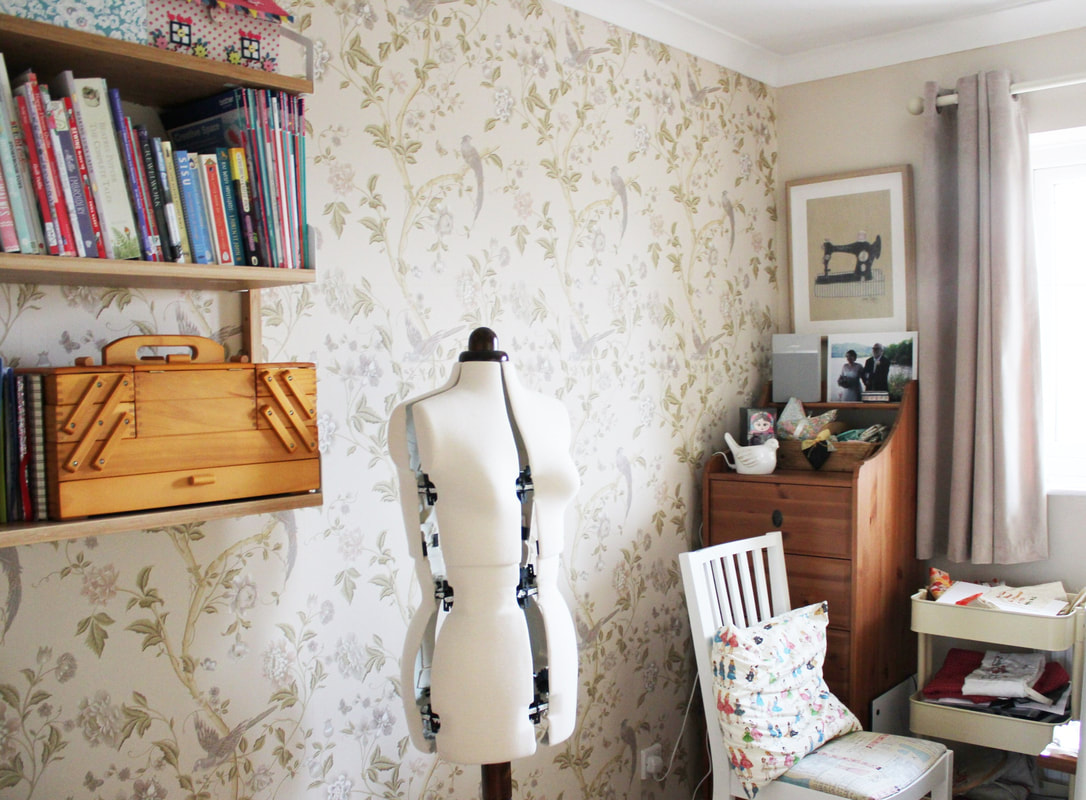
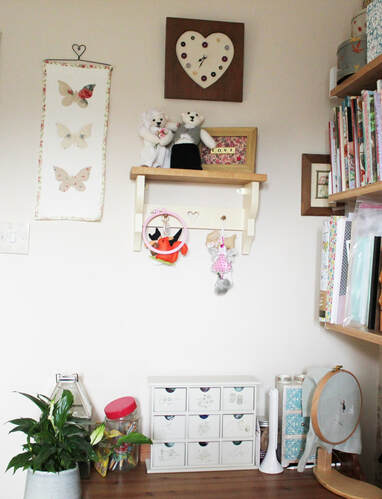
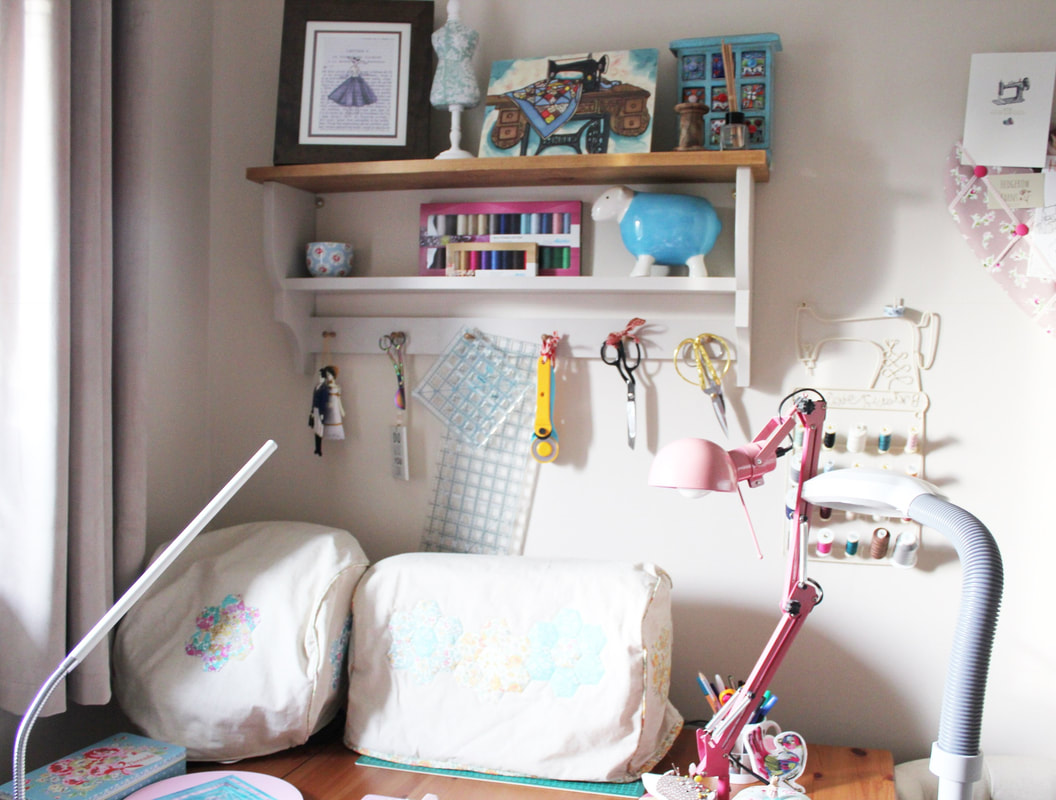
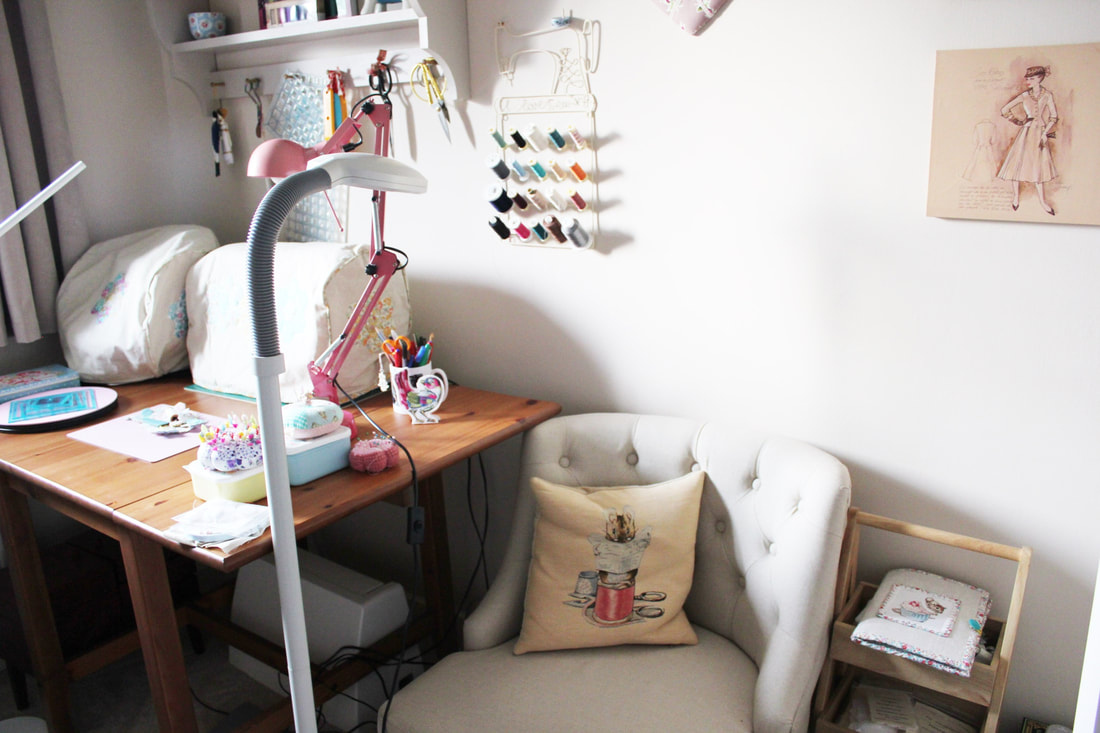
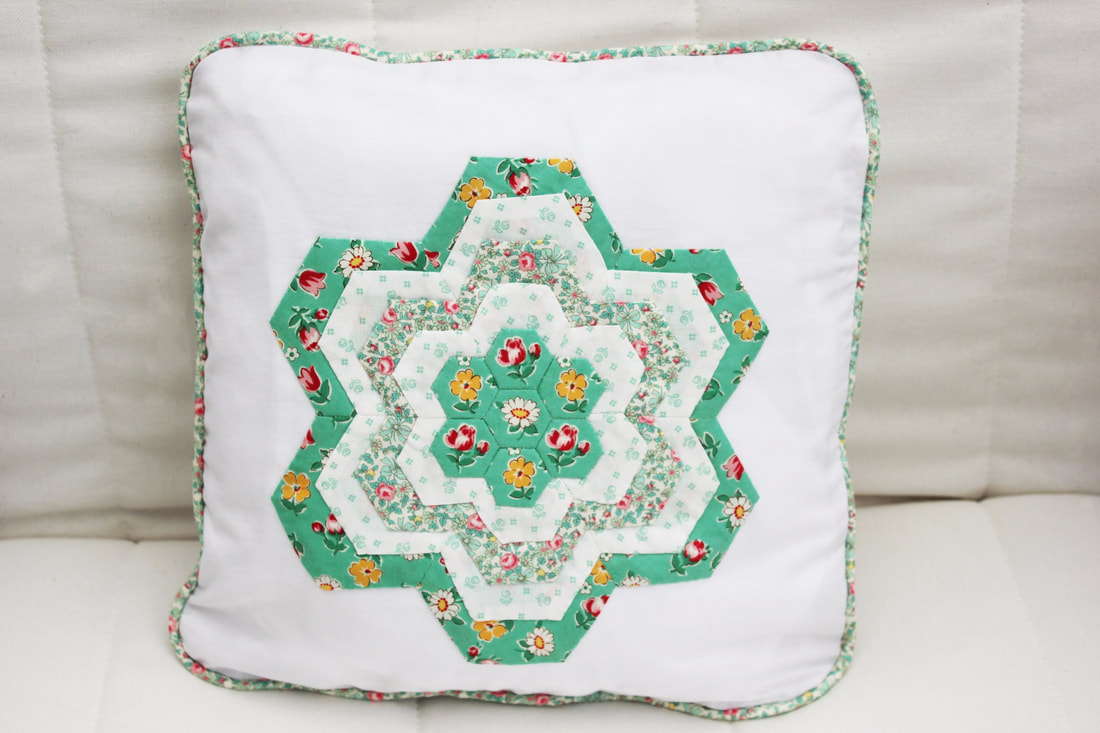
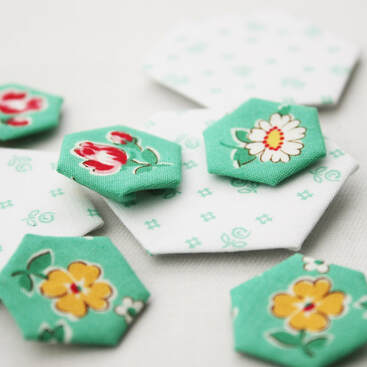
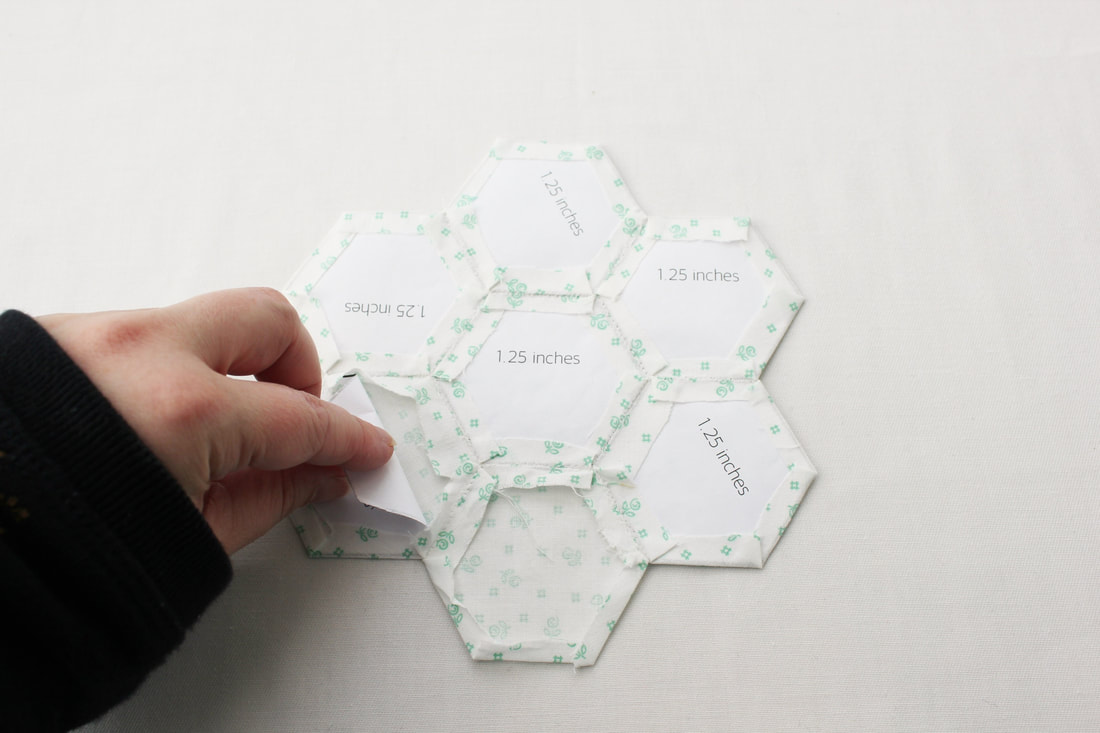
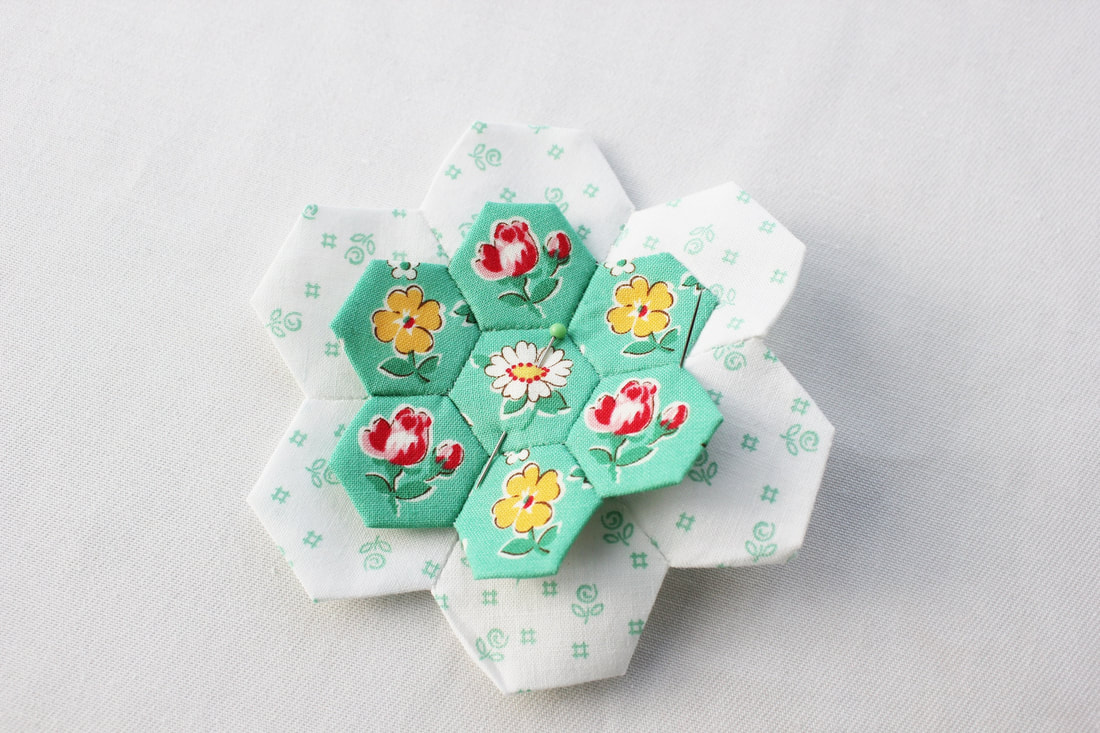
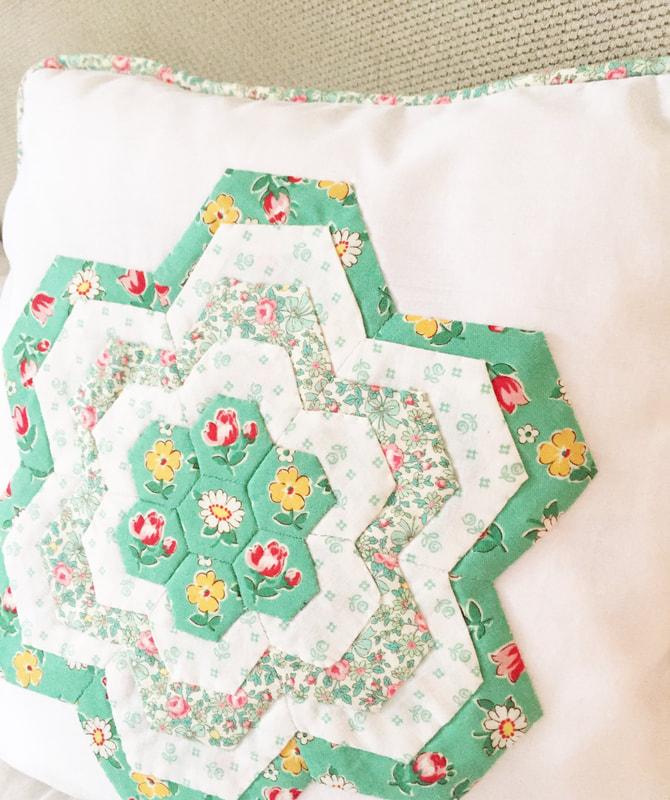
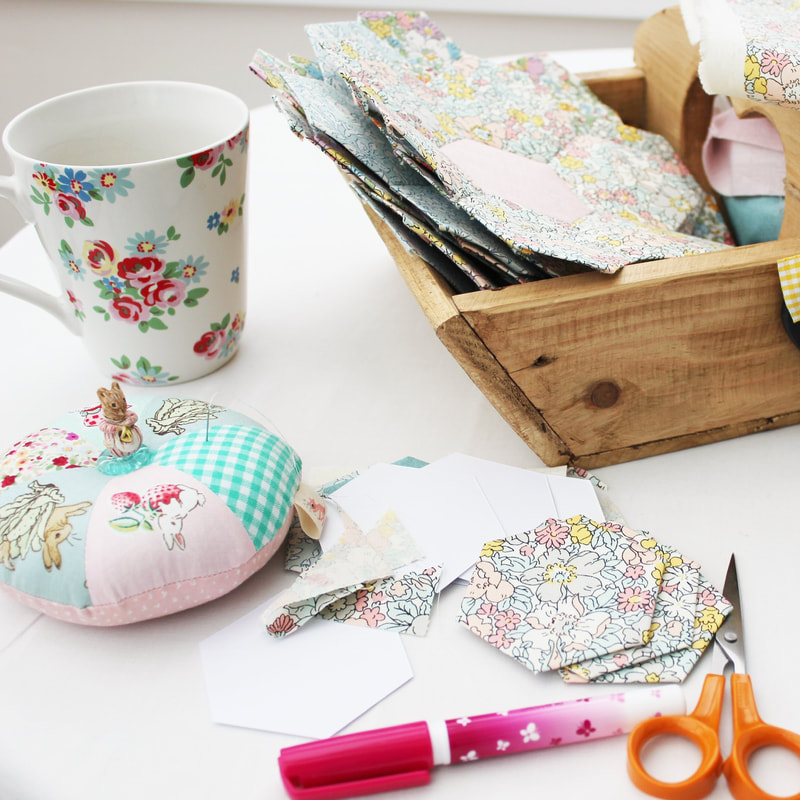
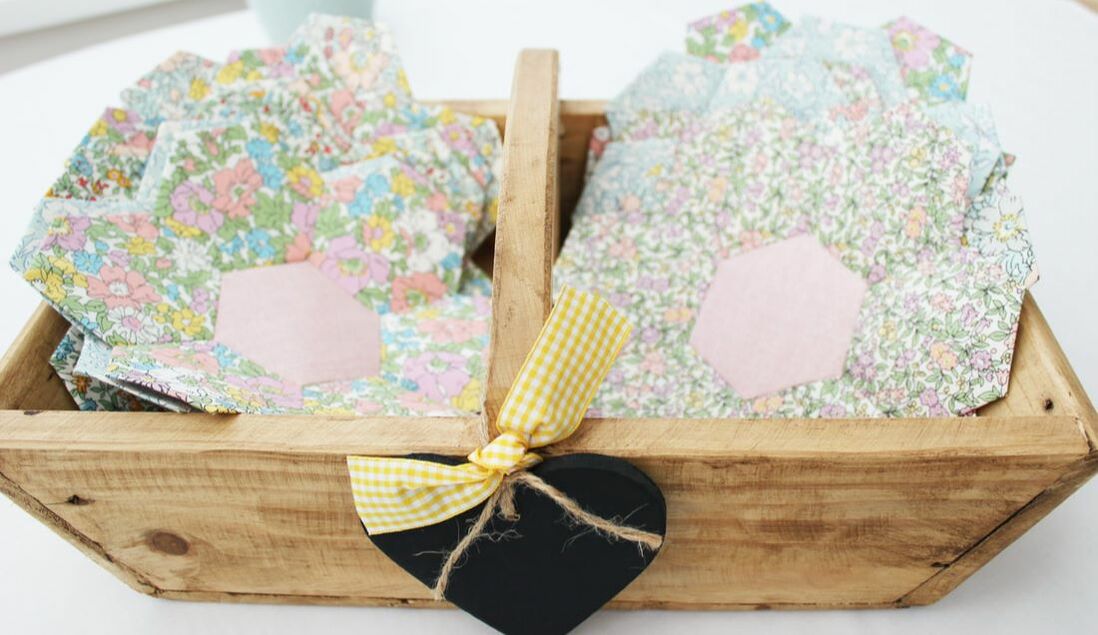
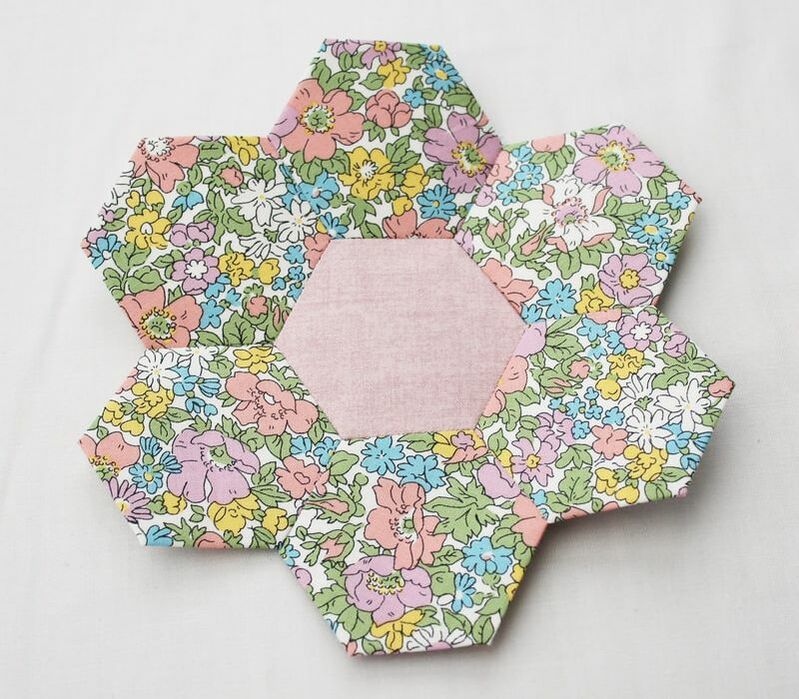
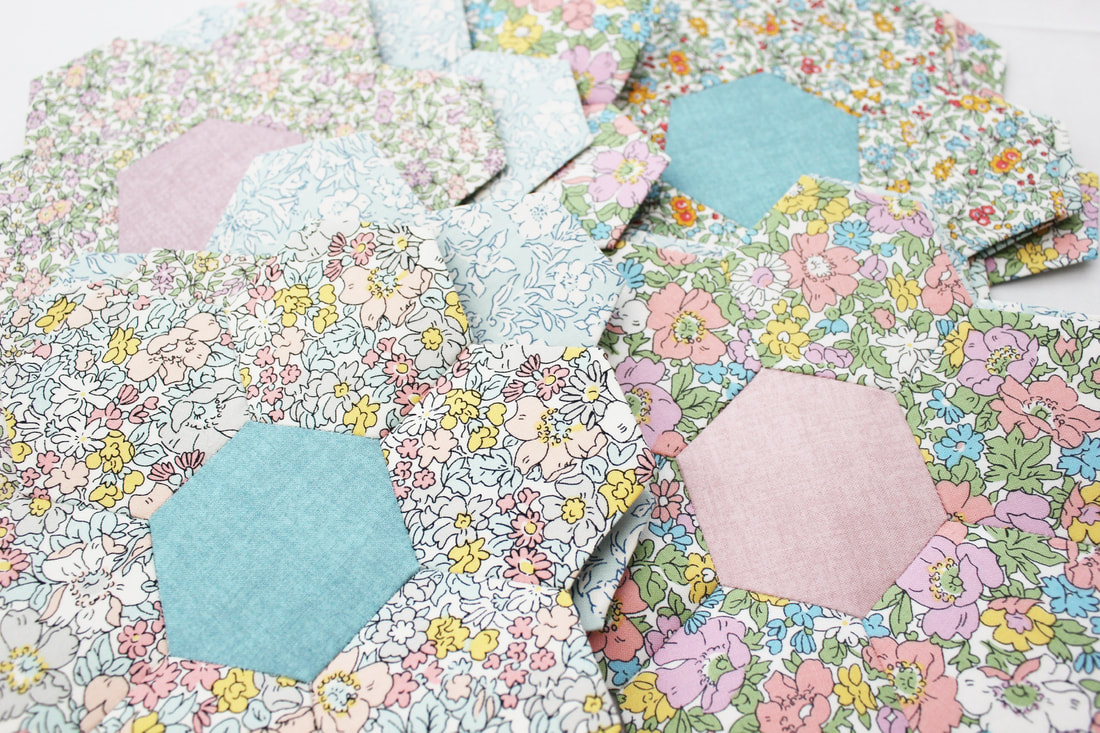
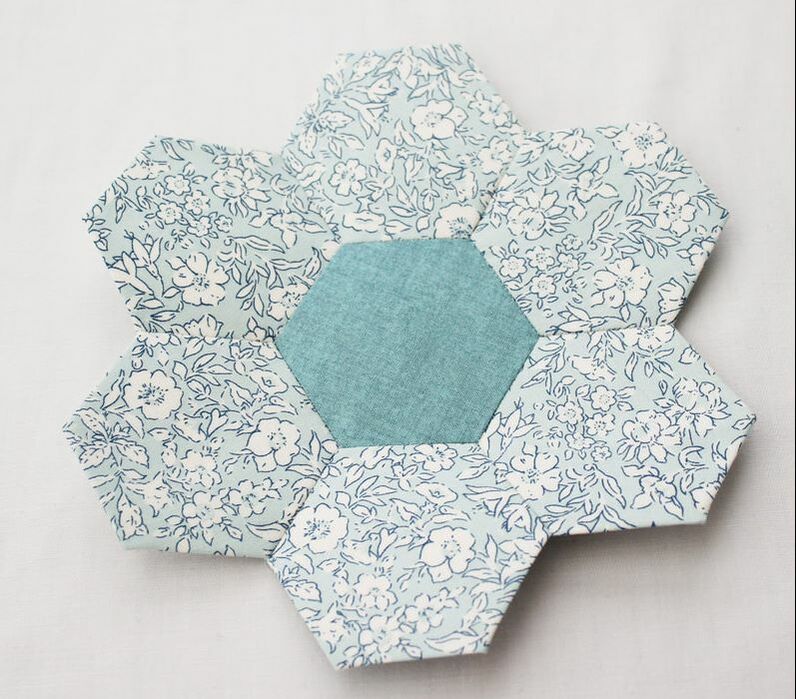
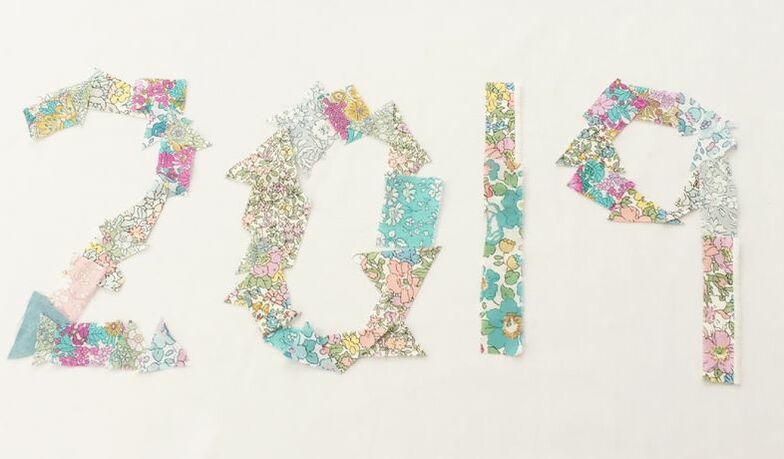
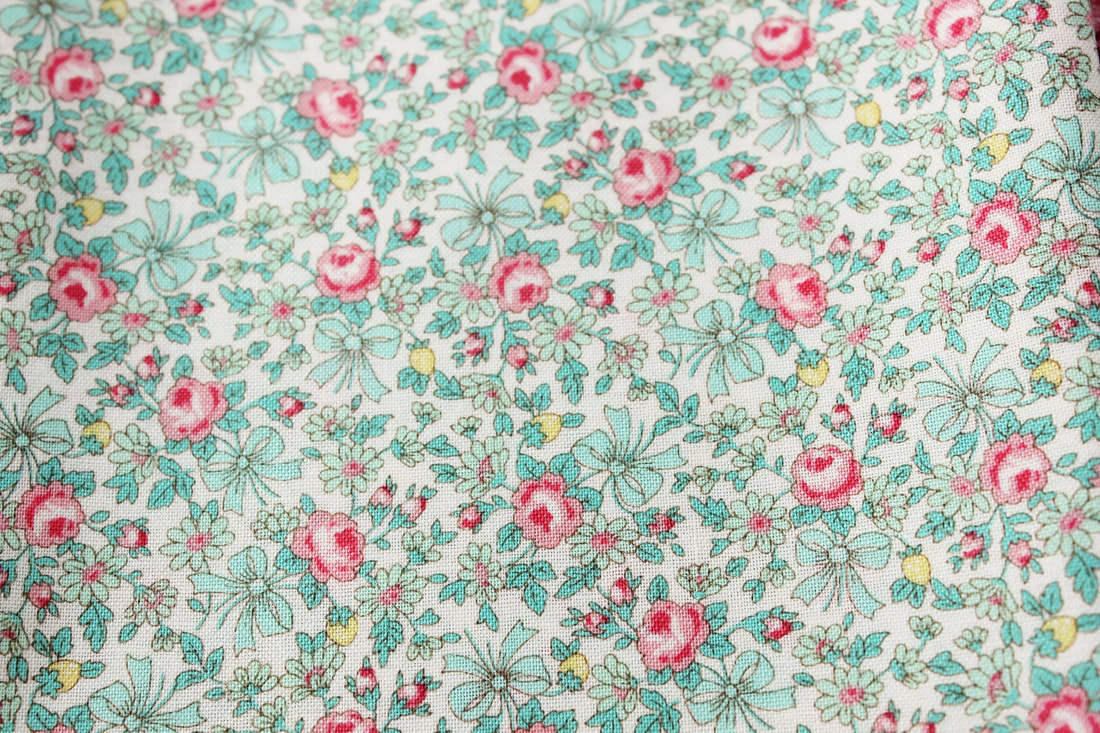
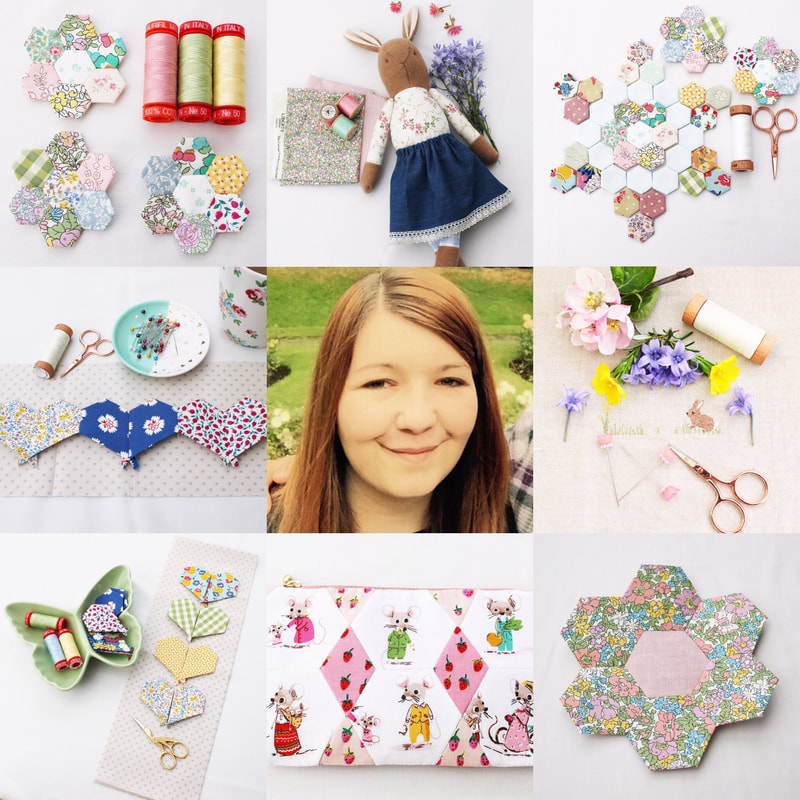
 RSS Feed
RSS Feed